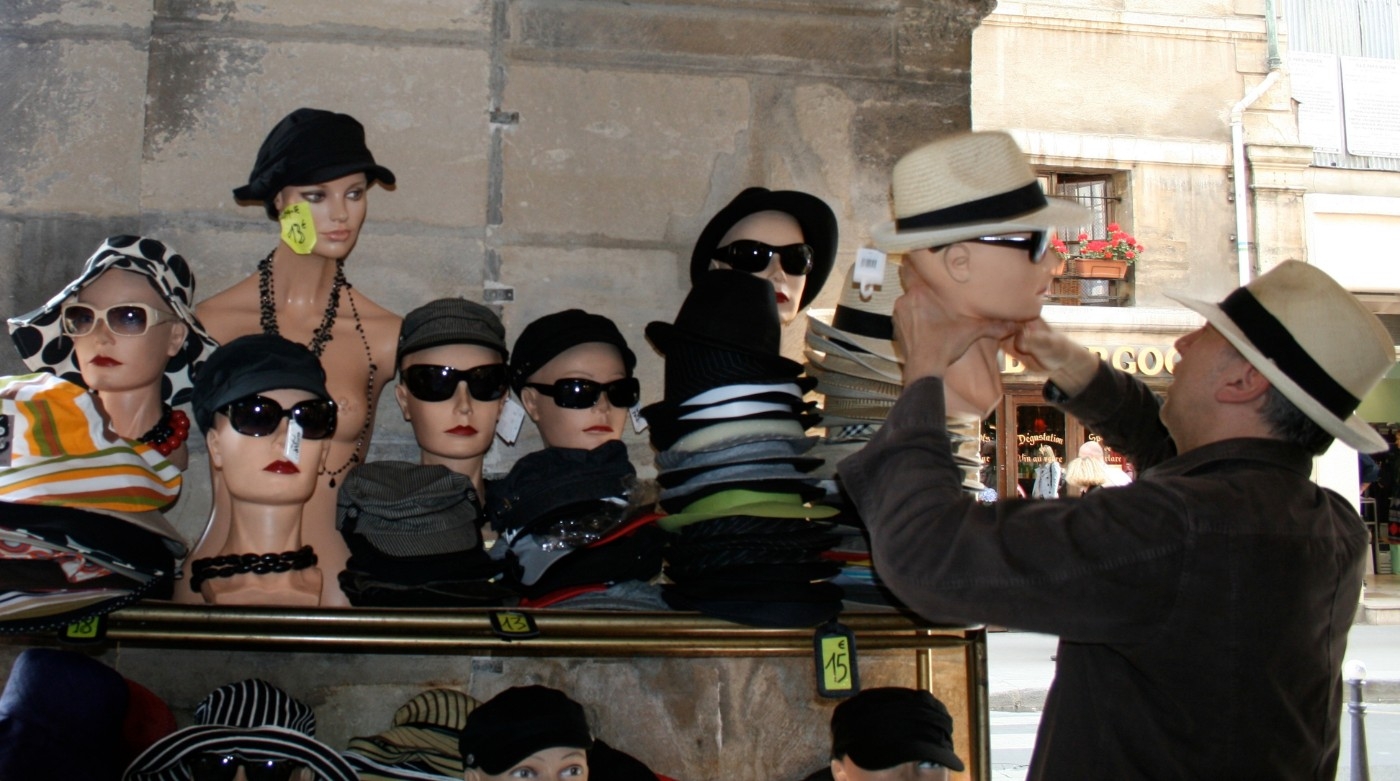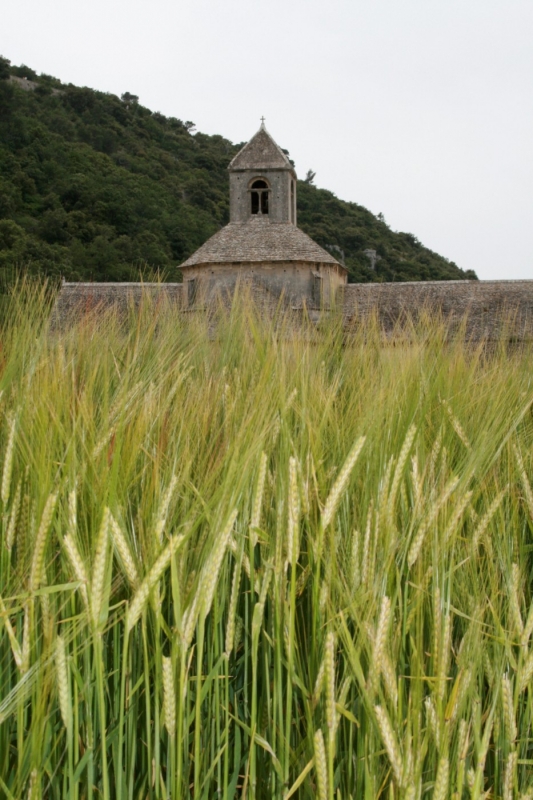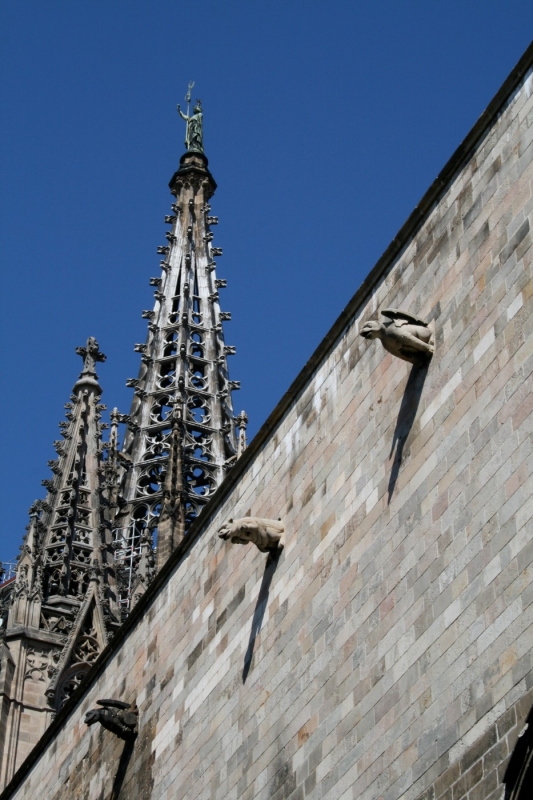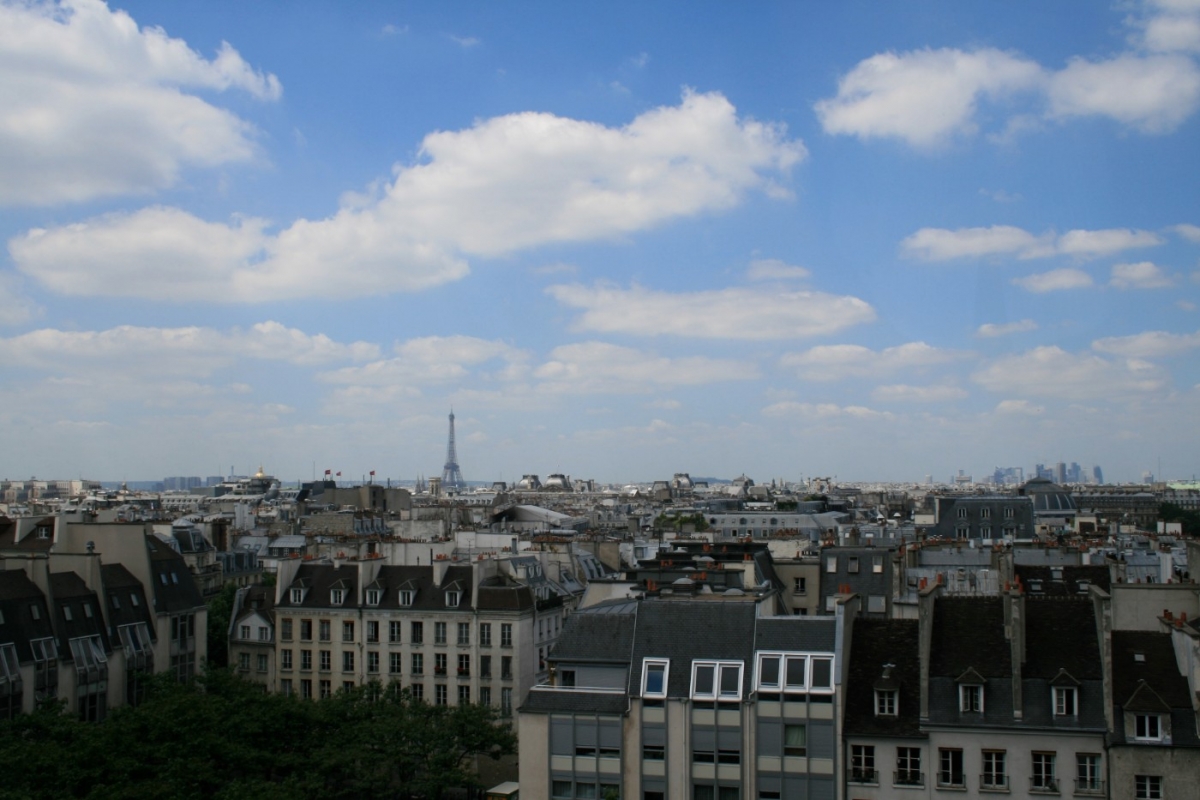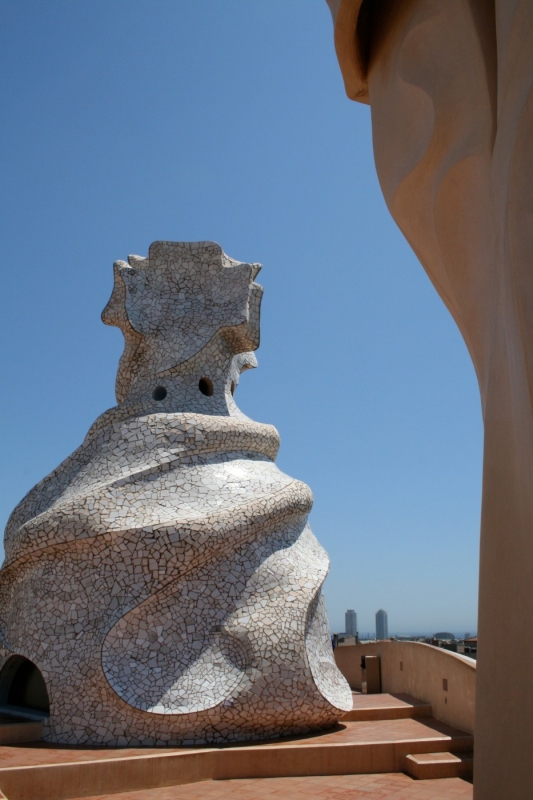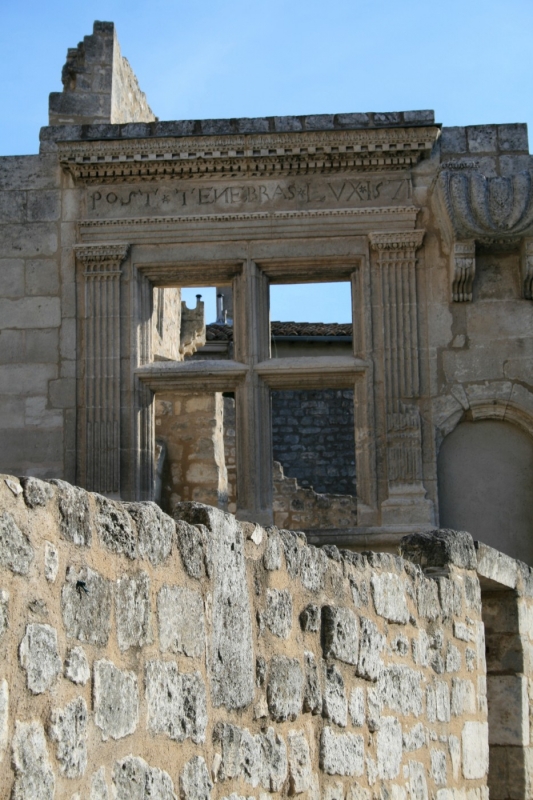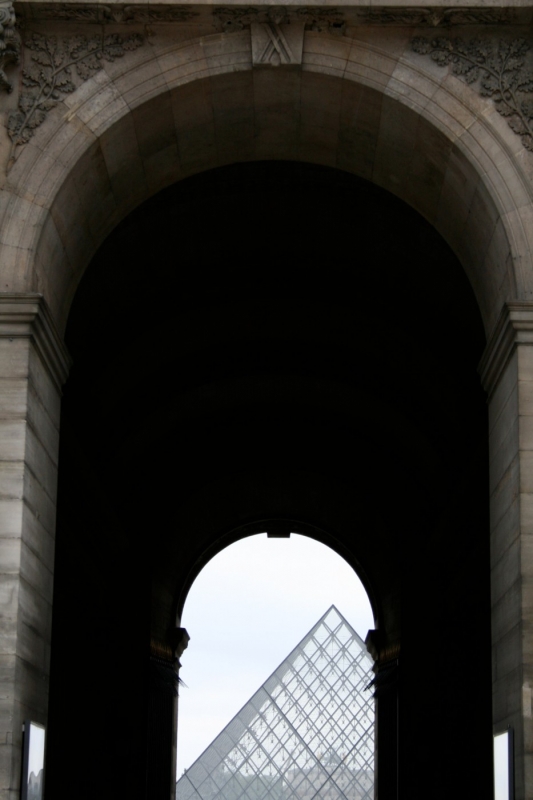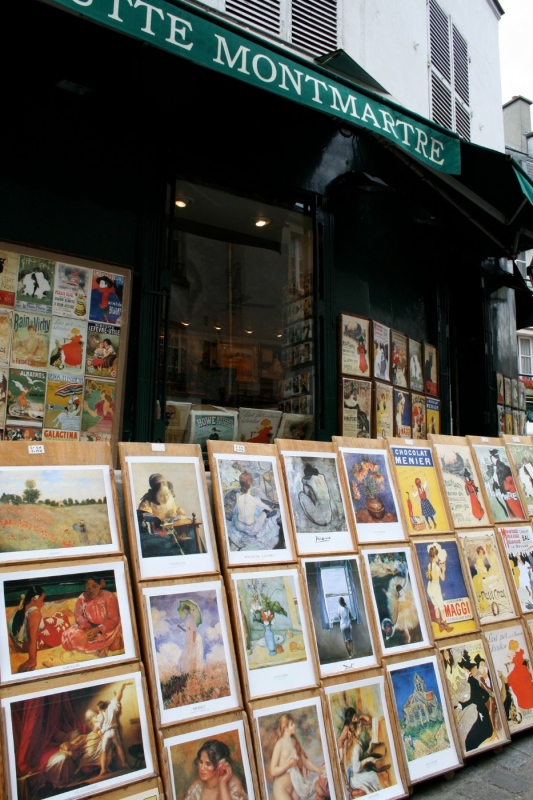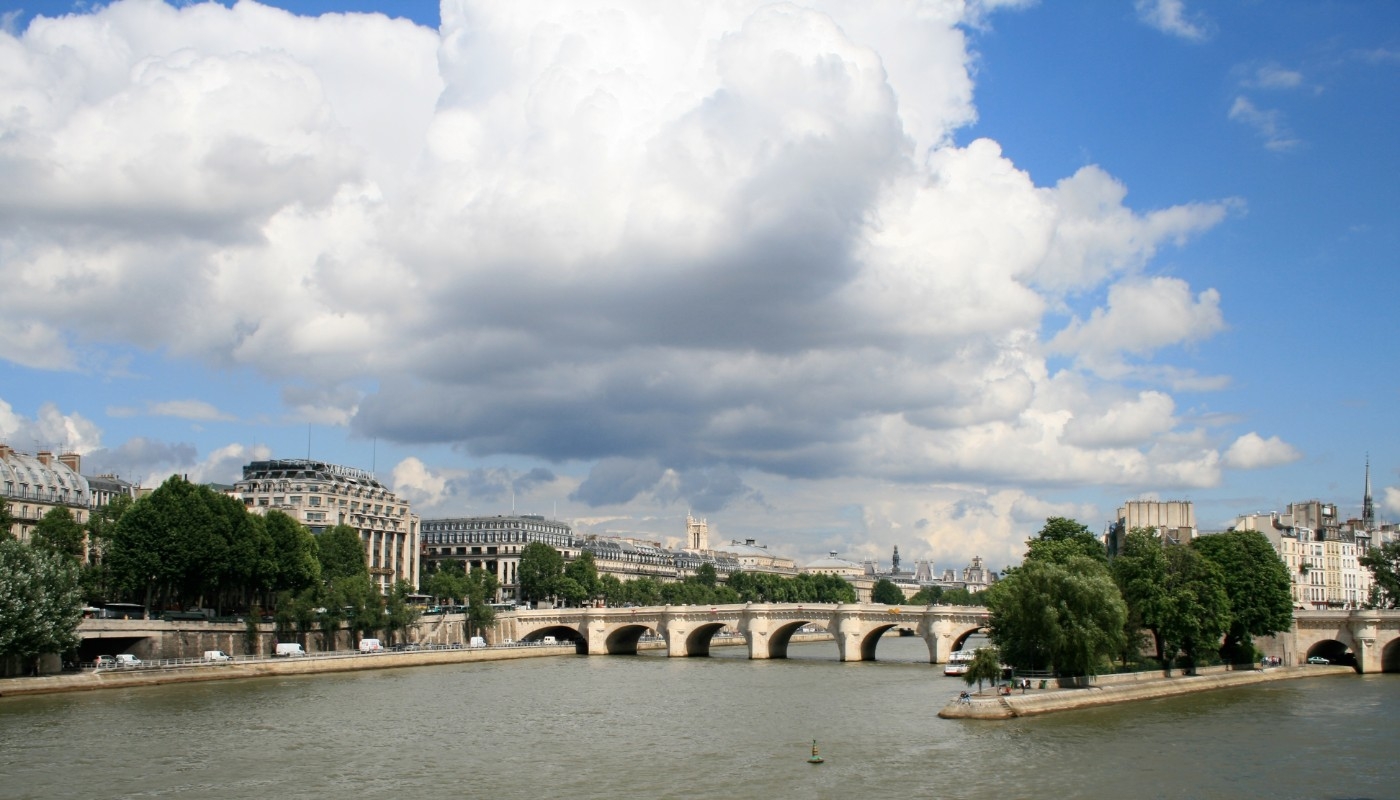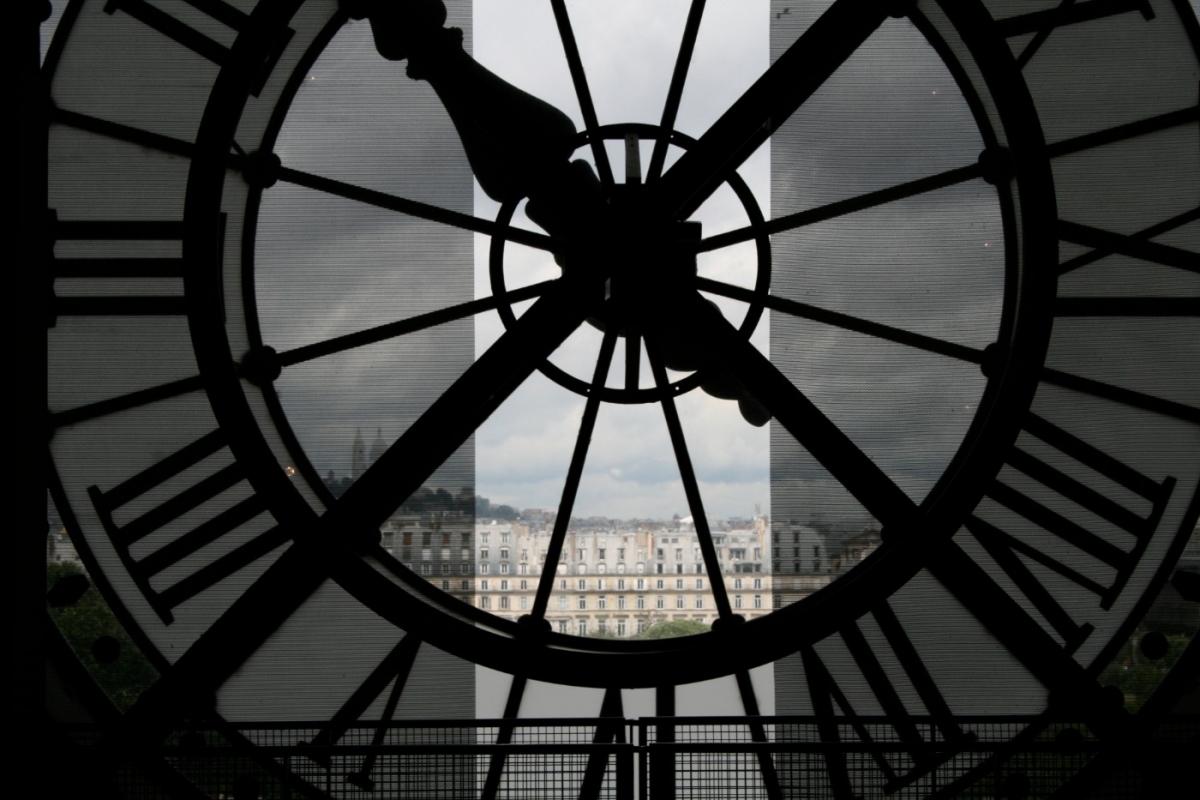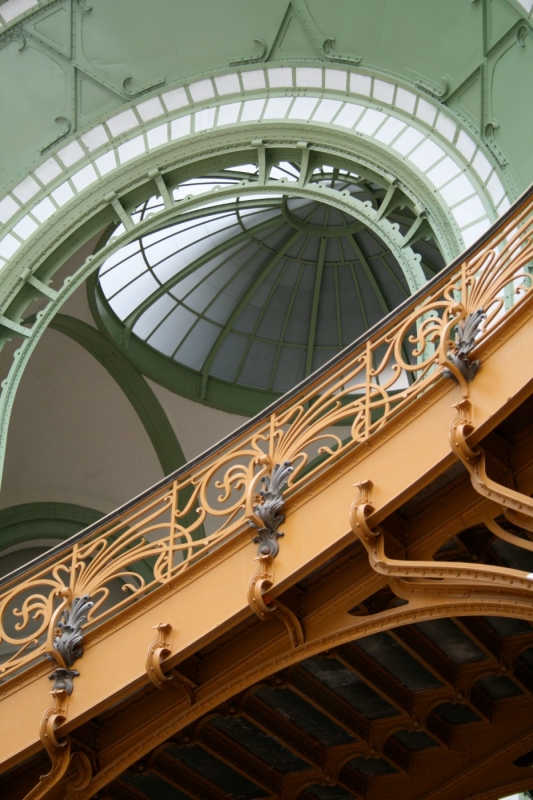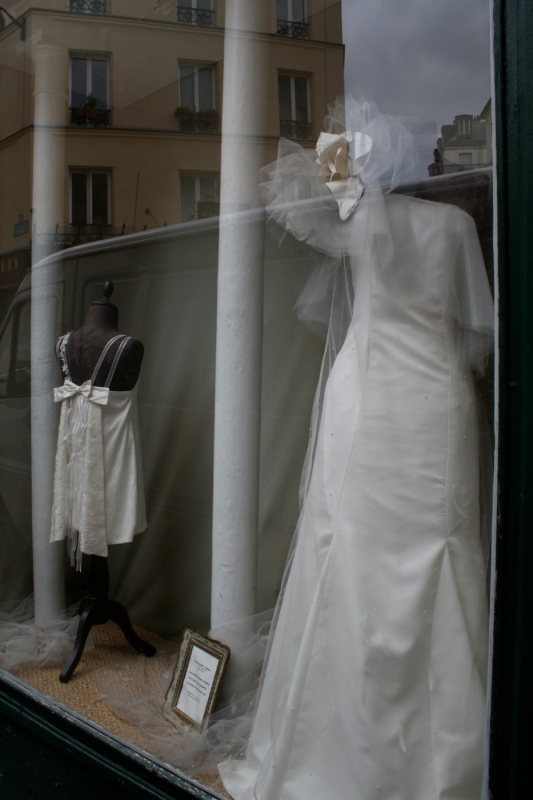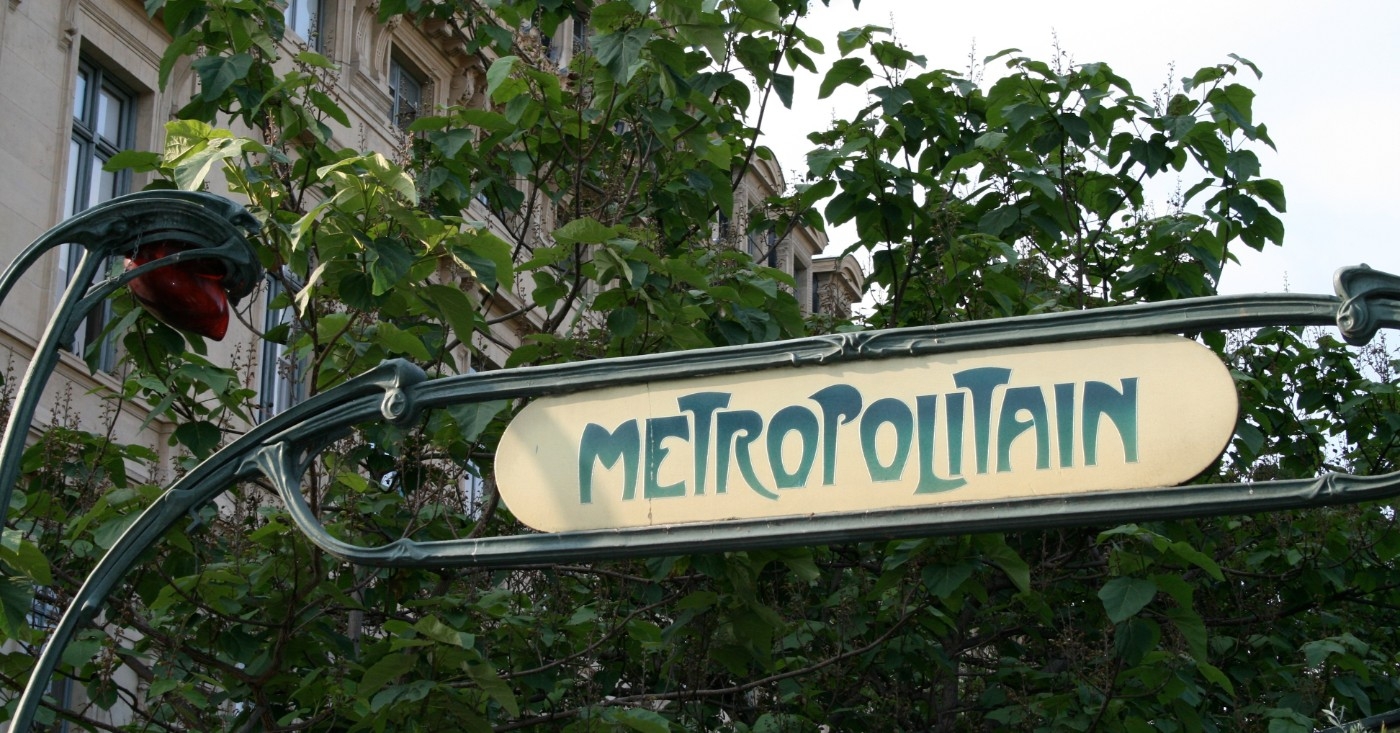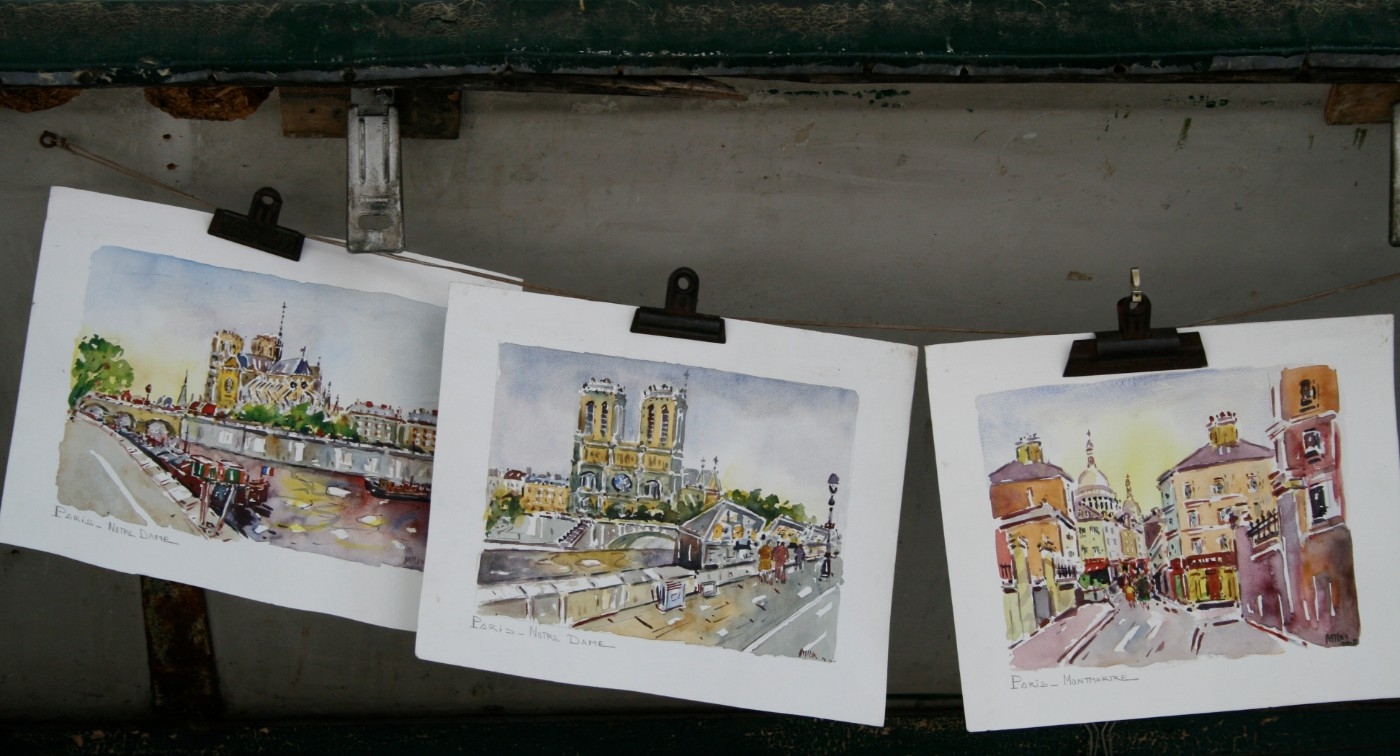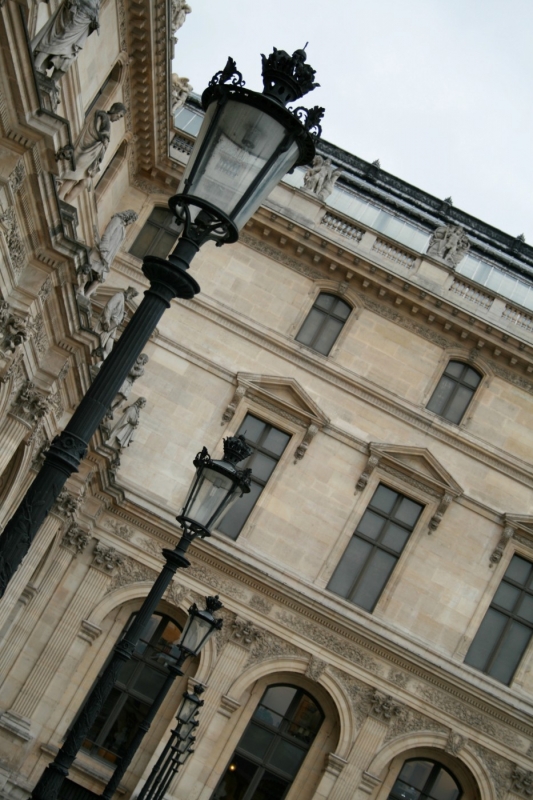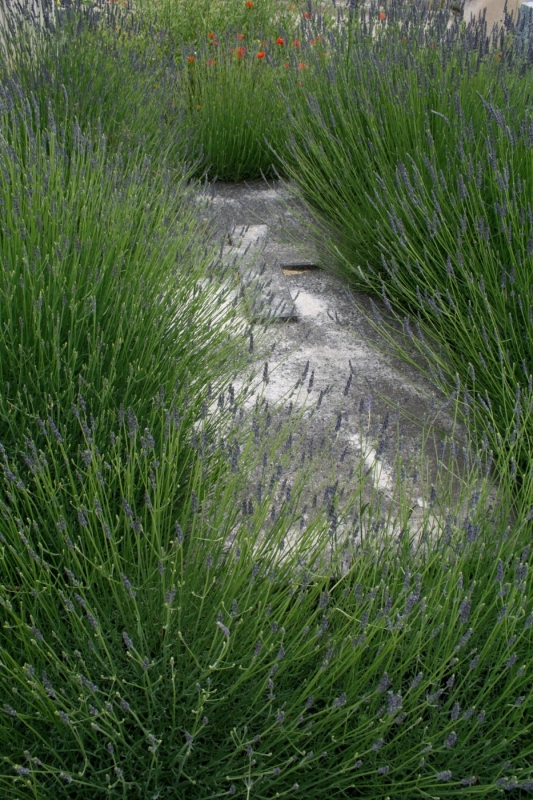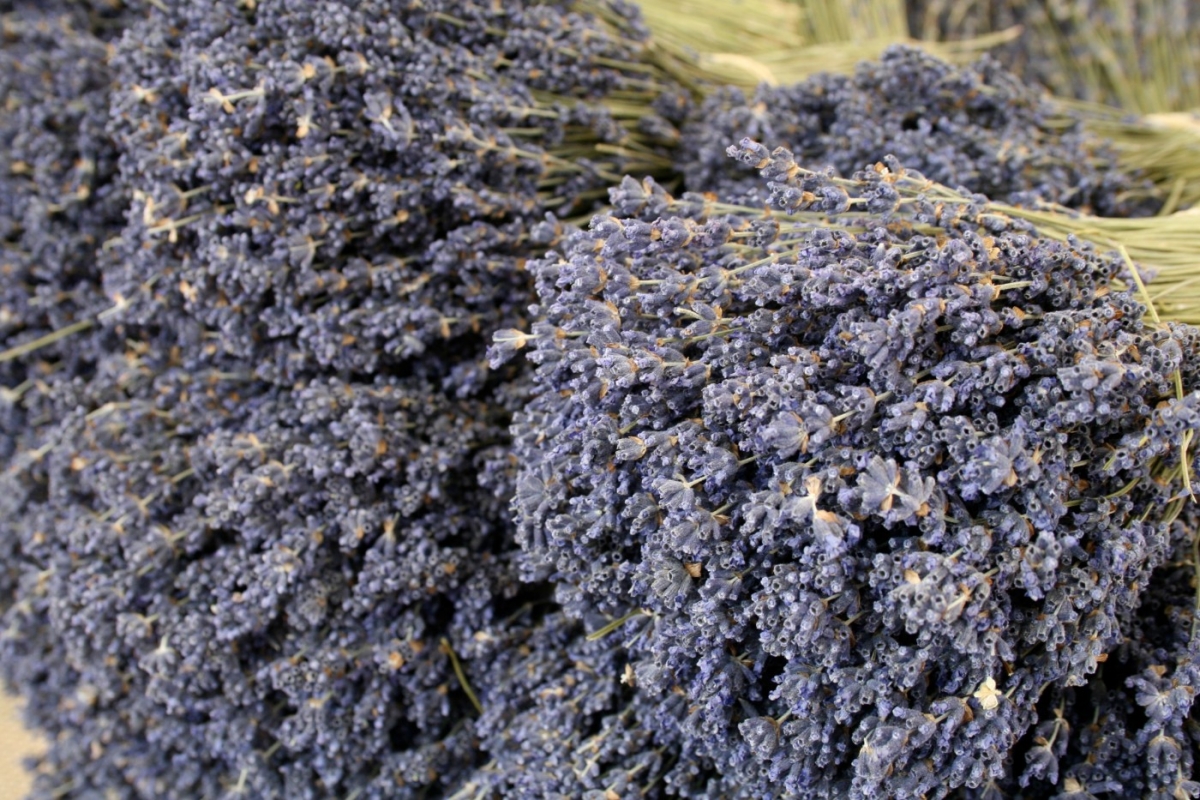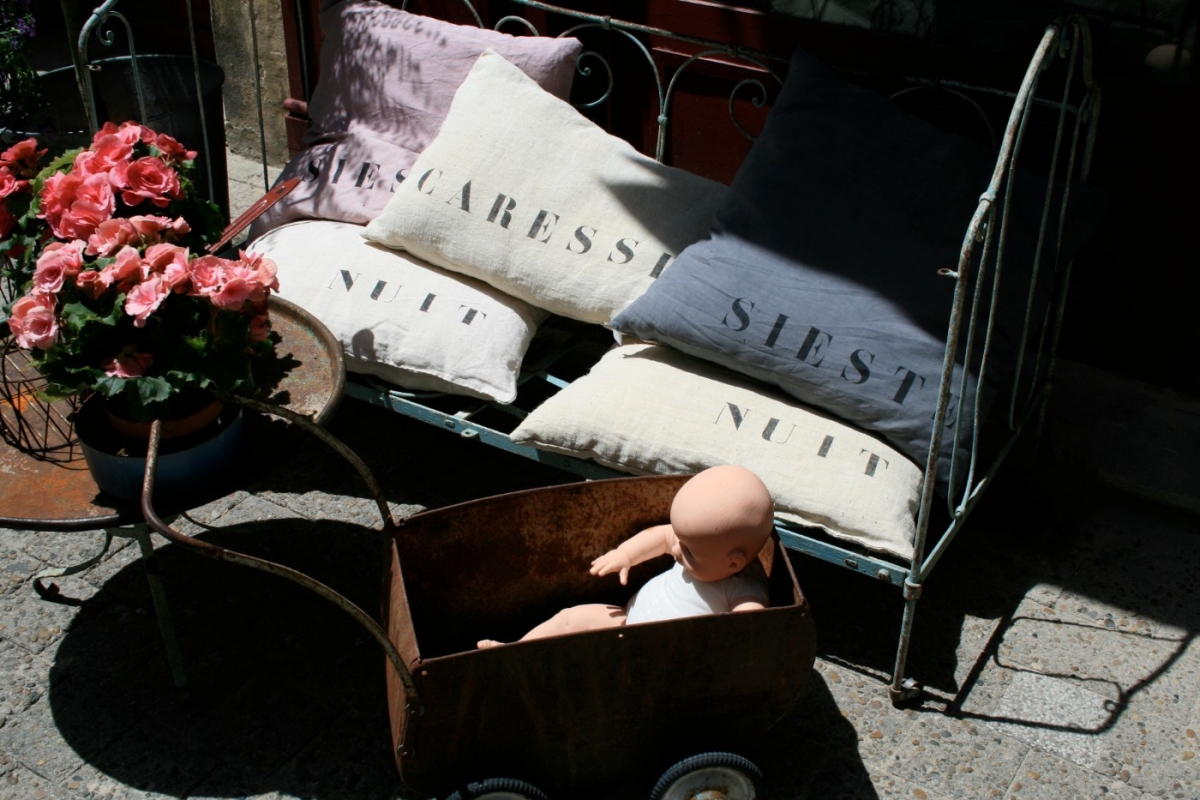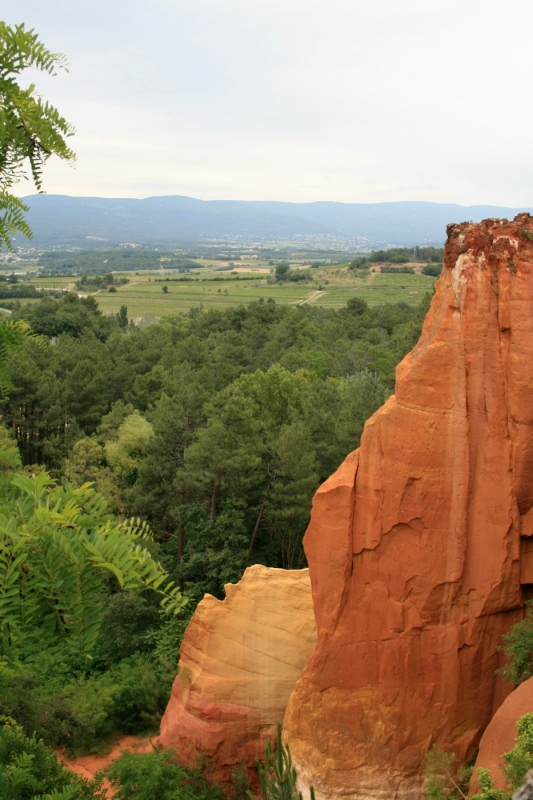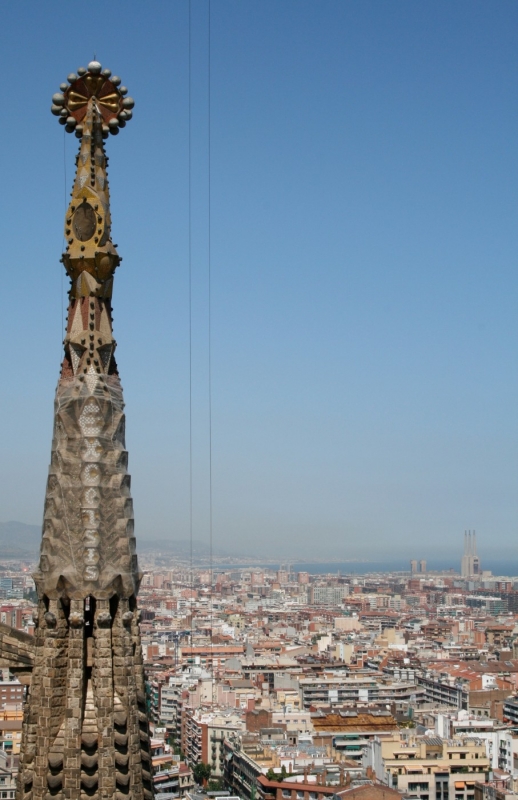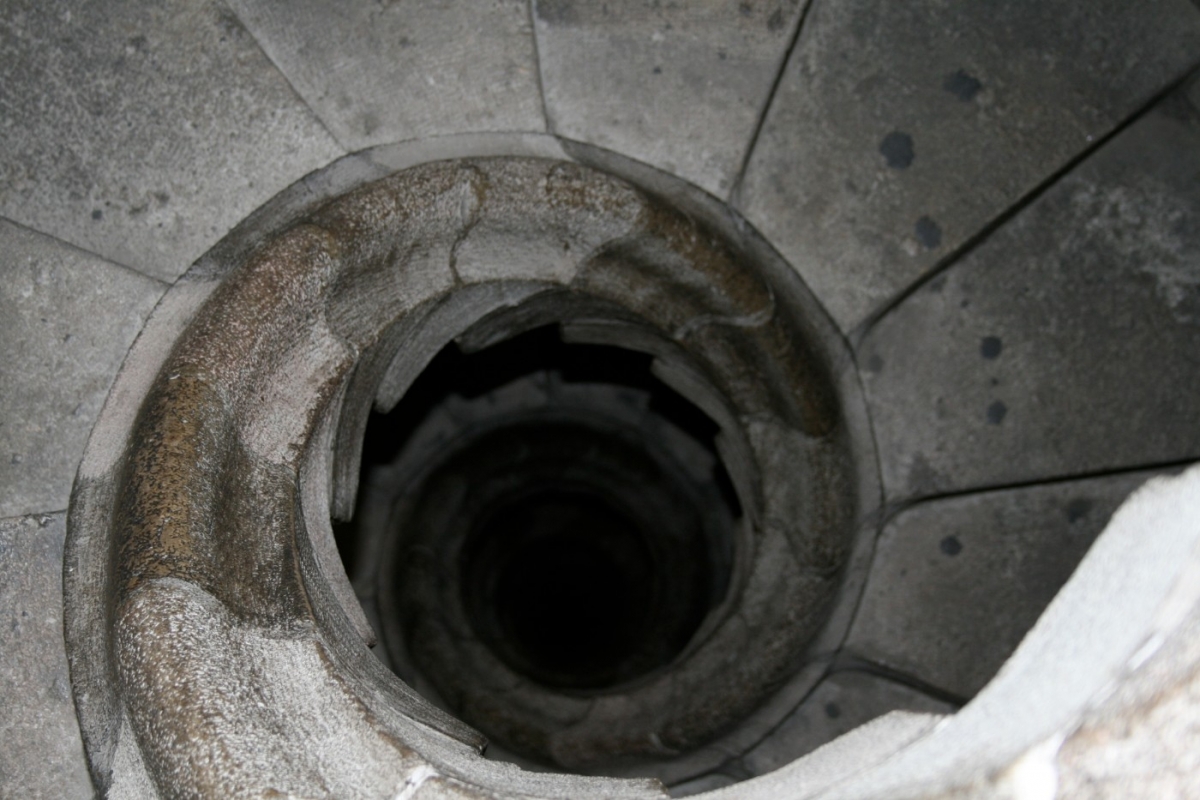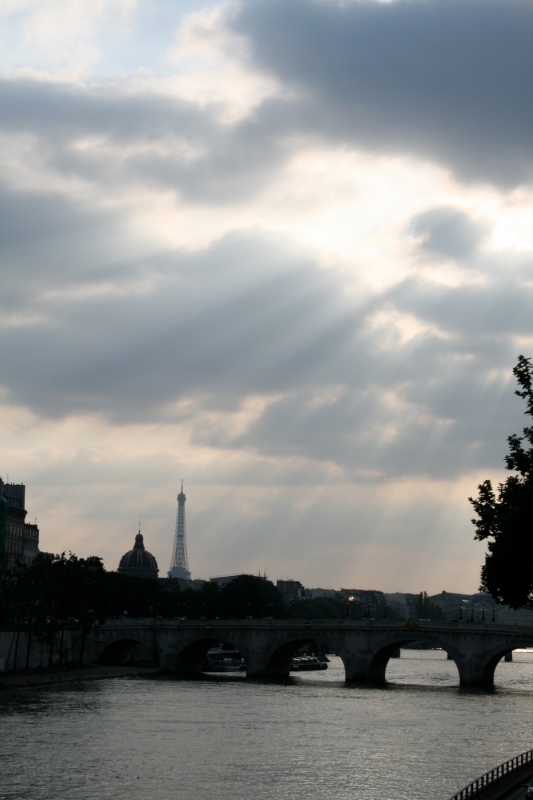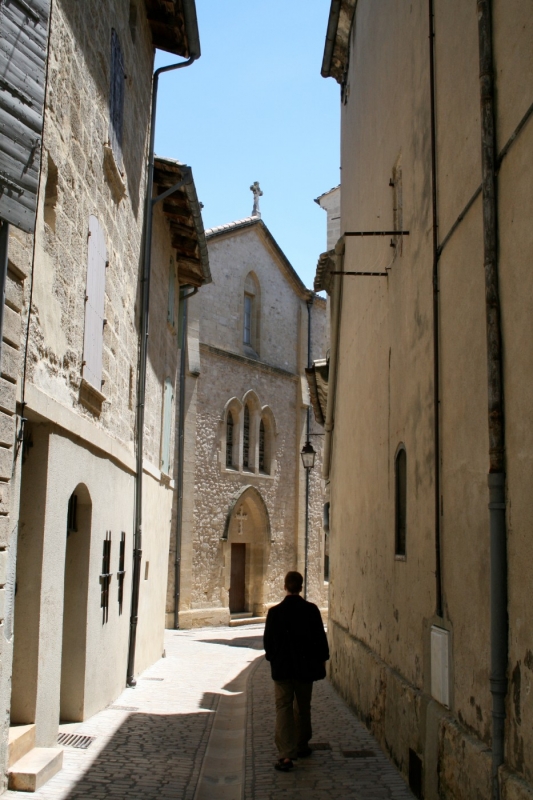∞ Originally published in Vancouver Province and Winnipeg Free Press, February 15, 2009. ∞
For many, Paris is synonymous with the Eiffel Tower. For others, the word conjures the Louvre. Some think of the Seine. For me, the essence of Paris is the Marais.
The Marais, with its patchwork of narrow cobbled side streets and vibrant street life, is a melting pot of old and new, holy and sexy — from the Orthodox Jewish quarter and 17th-century grand “hotels” to lively gay bars and chic new boutiques. Unlike many of the grand, tourist-blanketed districts in central Paris, the Marais, with its smaller scale and fewer official attractions, feels alive and intimate: as close as a tourist can get to a true taste of Parisian living.
The district was no more than a marsh for much of the city’s early history, hence its name. The Right Bank sector was first cleared for settlement by the Templars in the 12th century. It soon evolved from swampland to swanky. In the 16th century, Henri IV built the Place Royale (which today is the Place des Voges) and the aristocracy moved in. Once filled with the stately homes of the rich and royal, who liked its proximity to the Louvre residence of Charles V, it began to decline after the court moved to Versailles.
The area was largely abandoned by the elites during the Revolution, but many of the grand mansions, today called “hotels,” still remain and have been turned into cultural centres and museums.
In the 1960s, Charles de Gaulle’s government began to reclaim the area and it was declared a heritage area in 1969. Revitalization since has brought funky cafés and art galleries. Its central location, and its profusion of restaurants, bars and shops make it an ideal jumping off point for seeing the City of Light’s grand sights: the Louvre, Notre Dame Cathedral and the Pompidou Centre are all within walking distance.
But for an immersion experience, stay close to home, renting a room or a pied a terre and exploring all the simple pleasures the Marais has to offer.
The Marais has its fair share of impressive museums and art galleries. Art aficionados can’t miss the Musee Picasso. It’s home to more than 3,000 works, the largest collection of Picassos in the world.
Literary types will find thrills at the Maison de Victor Hugo. The author’s former residence at 6 Place des Voges is where he wrote most of the work that would made him famous, Les Miserables. It’s now a museum showcasing his life and work.
Architectural junkies will enjoy a tour of Hotel de Ville, the most well known of the hotels in the area, which serves as city hall. In the 1300s the site was a popular spot for public executions. Today, visitors can arrange guided tours of the neo-Renaissance building, which also hosts temporary art exhibitions.
History buffs can get lost in the past for hours in a trio of Marais museums. The Hotel le Pelletier de St. Fargereau and the adjoining Hotel Carnavalet form the Museum of Paris History, which details the rise of the capital from Roman times up to 1789. Among its holdings: the final letter penned by Robespierre before his death. Some of the sumptuous rooms are magnificently decorated.
The Hotel de Lamoignon, built in 1584, is home to a library of the history of Paris. Here you’ll find documents from the French Revolution and more than 80,000 prints detailing the city’s past. And the Hotel Soubise, built in early 1700, houses part of the National Archives.
At the heart of the Marais is a perfect architectural gem, the oldest square in Paris, the Place des Voges. This 400-year-old symmetrical courtyard boasts four fountains and is surrounded on all sides by grand residential buildings with elegant facades and a covered arcade full of artisan vendors and cafés, among them Ma Bourgogne, once frequented by Jean Paul Sartre and Simone de Beauvoir. Pop into a boulangerie for a baguette and hit the fromagerie for a wedge of Epoisses de Bourgogne and you’re set for a picnic.
Renting a bicyclette by the hour from one of the many automated Velib stations is an excellent way to get around both the neighbourhood and the bike paths along the Seine nearby.
The shops and restaurants on Rue des Francs-Bourgeois stay open on Sundays and it’s great for a ramble and a brunch. Other excellent boulevards for exploring are Rue du Temple (the epicentre of the gay party scene), Rue des Archives and Rue Vielle du Temple, especially at night when patrons of the many brasseries and bars spill out onto the sidewalk and chic young things promenade along the streets. Take an outdoor table, order a vin ordinaire and a magret du canard and enjoy the show.
The main thoroughfare, Rue de Rivoli has less charm, but more modern stores, banks and other essential services, chief among them sidewalk crepe vendors. Specialty food stores abound. For even fresher produce, rue de Bretagne has gourmet boutiques — try La Fougsse for take-away French delicacies — and hosts the Marche Enfants Rouges open-air market most mornings Tuesdays to Saturdays.
South of the Rue due Rivoli is the chic shopping block of St. Paul, stocked with eclectic clothing boutiques and home décor by young designers. It’s artsy, and the antiques shops — including Azag, Corner- shop and Sensitive et Fils — make for delightful window-shopping and souvenir collecting.
For a different kind of cultural immersion, wander Rue des Rosiers, the main Jewish shopping street. Jews began settling here as early as the 13th century. The focus of the community is the circa-1913 Art Nouveau synagogue on Rue Pavee. The Jewish bakeries offer excellent bagels and challah alongside the croissants and French pastries that beckon from the windows. Or try some blinis and honey vodka at the popular Russian Jewish restaurant Pitchi Poi.
For a night out à la Francaise, slip into the evening with a warm meal at the cozy Le Colimacon bistro, get a table with a view at the Grizzzli Café and enjoy some casual French bistro cooking complete with foie gras. Or linger over fine wine and cheese at the Pain Vin Fromage, which offers 400 selections, with tastings organized by region. For cocktails, try the scene at Café Martini or Café du Tresor. For dancing til dawn, check out the DJs and the mixed crowd at Les Bains Douches or the ultra-chic Le Cabaret.
Still, this is just a taste. The district is a city in itself. Vive le Marais!
Elaine O’Connor tells travel tales at Whywanderlust.ca and on Twitter @WhyWanderlust.
Paris Underground:
Many people know Paris as the City of Light. But that’s on the surface. It’s also got a deep, dark underside. There’s a darker side to the city of light — and it lies in the often-unex- plored subculture of the storied French capital. For a unique twist on traditional sightseeing, head underground for a gothic tour.
THE CATACOMBS: Let’s be clear, this Montparnasse tour is not for the squeamish, the claustrophobic or children who scare easily. Narrow stone staircases lead deep into the dank, cool final resting place of an estimated million poor souls who were unearthed from the Innocent cemetery.
A sign as you enter reads: “Stop! This is the empire of death.” It was also the site of wild parties by Charles X and a meeting place for French Revolutionaries. Here you’ll encounter spooky architecture constructed entirely of femurs and skulls. The bones were moved here starting in 1786 from an unsanitary cemetery near Les Halles. Nothing like contemplating your own mortality on holiday.
LES EGOUTS: The sewers of a major city aren’t usually a tourist attraction. But the Paris Sewers, built during the second empire, were made famous by Victor Hugo’s Les Miserables, in which Jean Valjean ran through them dripping with slime. They are also an engineering marvel, as the museum exhibits and film attest. Baron Haussmann began building the modern system, which separated waste and drinking water, in the 1850s, and it led to vast improvements in health from the Black Plague years. If laid end to end, the 2,100 kilometres of sewers would run from Paris to Istanbul. A word of advice: Wear sturdy shoes. And bring a hanky for your nose.
LES HALLES: Imagine an 800-year-old mall. That, in essence, is what Forum Des Halles (the city’s central underground mall) represents. The Right Bank site has been a food marketplace for Parisians for almost a millennia. Zola once called it “the belly of Paris.” In the late 1960s the market was moved to the suburbs to relieve congestion, and in 1977 a new mall, park and sub- way hub was built. Today, the five-floor, three-wing monster mall is home to its own movie theatre, swimming pool and almost 200 stores from international chains to French boutiques. Be sure to come up for air in the park with its view of charming St. Eustache church.
THE CEMETERIES: For a pleasant afternoon meeting famous — if deceased — Parisians, nothing beats a wander through the capital’s premiere cemeteries. At Pere Lachaise, you can wander the crypts in the company of Proust, Chopin and Balzac. Bring a picnic lunch and lounge by Bernhardt’s bedside or Piaf’s plaque (16 Rue du Repos). In Montparnasse, stroll by Sartre, chill with Citroen, and meander by de Maupassant (3 Boulevard Edgar Quinet).
UNDERGROUND CLUBS: Paris has a hot nightlife complete with clubs that are, quite literally, underground. Le Showcase disco is hidden in the Alexandre III bridge, which spans the Seine near the Grand Palais in the 8th arrondissement. Open Saturday and Sunday nights only.

I’m a different kind of travel writer. I craft long-form, cover-worthy feature-length travel articles with style and substance. I tell travellers not just what to do, but why. Find out how to work with me.


